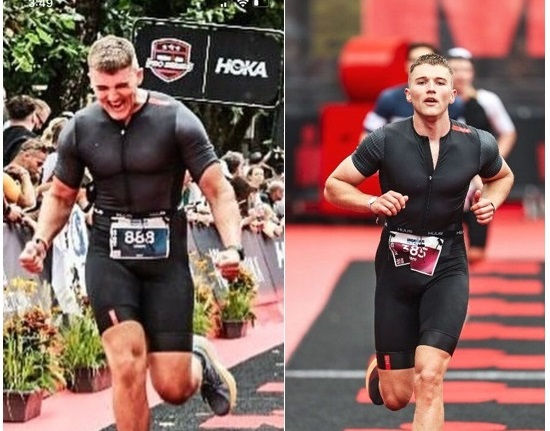26th January 2019 - Run and Bike Cadence
- Patrick Walkington
- Jan 26, 2019
- 2 min read
I often hear people talking about what cadence they should be running at (foot landings per minute) and what cadence they should be cycling at (revolutions of one foot per minute).
Here’s what I’ve found out:
Running:
There seems to be an optimum cadence range that minimises injury by reducing over striding and this is between 180 and 200 steps per minute. This may sound a lot, but this will lead to a much more compact, quicker cadence that greatly reduces the impact of every foot strike. As an added benefit, this quicker cadence (in theory) will turn you into a much more efficient runner.
To work out your current running cadence, next time you’re out running, count how many times your right foot touches the ground over a 1-minute period and then double the number – that number is your running cadence. If you have a fancy watch such as a Garmin 920XT – it will automatically tell you. Once you know your cadence, try and increase it so that it falls within the 180-200 steps per minute range. A good training tip to help with this is to listen to some music which has a beat similar to the cadence you want to be running at - try a 10-minute run listening to 180bpm (or 90bpm) music and see what happens (you can YouTube 180bpm music).
Cycling:
I’ve heard a lot of conversations about grinding (pedalling with a low cadence in a hard gear) and spinning (pedalling with a high cadence in an easy gear) and from my experience, it doesn’t matter. Our individual physiology is so different and I’ve seen people win races who’ve grinded the whole way and others who’ve won races by spinning the whole way.
I've had top ten fastest bike splits on hilly triathlon bike courses with average cadences of less than 70 revolutions per minute.
There are circumstances when it’s good to be able to pedal at high/low cadences though such as overtaking someone in a race or coming around a corner in a hard gear and then having to push hard out of the corner to get back up to speed. Therefore, don’t omit some fast spinning in an easy gear and some slow grinding in a hard gear from your training - just don’t get too hung up on cadence numbers.
The only time anyone should be pedalling to a specific cadence is when they’re doing specific tests so that the tests can be replicated again and again, and the results compared.

Coach Pat.




Comments